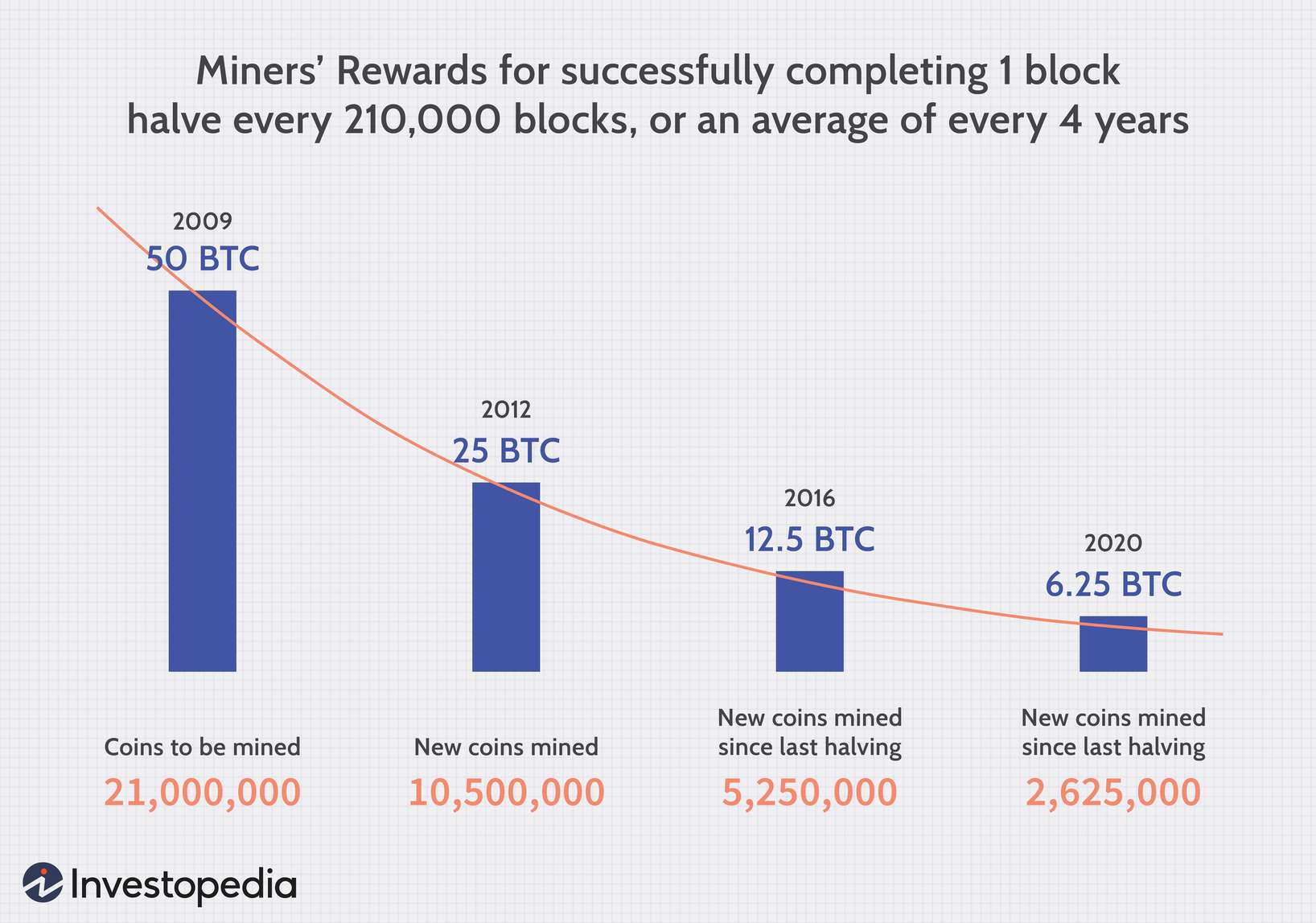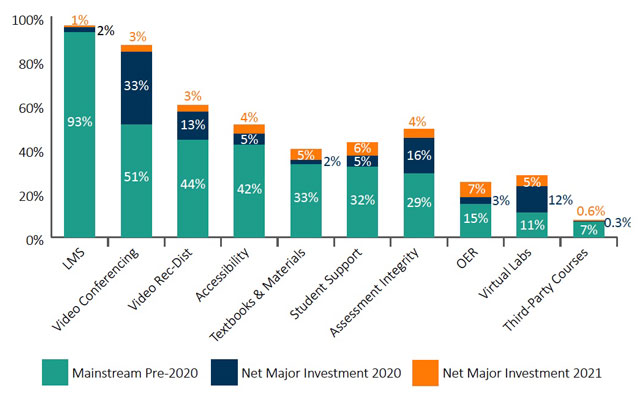Recent Bitcoin Mining Growth: A Detailed Examination

Table of Contents
The Rise of Institutional Mining
The involvement of large-scale mining operations and corporations in Bitcoin mining has dramatically increased. This shift towards institutional mining is fundamentally altering the dynamics of the Bitcoin network. Institutional investors are attracted by the potential for substantial returns, leading to a significant influx of capital into the sector.
- Increased access to capital: Large corporations have access to significantly more capital than individual miners, allowing them to invest in larger-scale operations with more mining hardware.
- Economies of scale: Institutional miners benefit from economies of scale, reducing their operational costs per Bitcoin mined compared to smaller operations. This allows them to remain profitable even during periods of price volatility.
- Sophisticated mining strategies and technological advancements: Institutional players often employ advanced mining strategies, leveraging data analysis and technological innovation to maximize efficiency and profitability. They are at the forefront of adopting new ASICs and optimizing their mining operations.
- Examples of significant institutional players: Companies like Marathon Digital Holdings, Riot Platforms, and Core Scientific are prominent examples of institutions heavily invested in Bitcoin mining.
The rise of institutional mining raises important questions regarding decentralization. While increased hashrate strengthens network security, the concentration of mining power in fewer hands could potentially introduce vulnerabilities. The balance between security and decentralization is a crucial consideration within the Bitcoin mining ecosystem, and the influence of large mining pools needs to be continually monitored.
Geographic Shifts in Bitcoin Mining
The geographical distribution of Bitcoin mining is constantly evolving, influenced by factors like government regulations, energy costs, and environmental concerns.
- The impact of government regulations: Governments worldwide are increasingly regulating Bitcoin mining, sometimes enacting bans or imposing strict licensing requirements. This has led to shifts in mining activity from regions with unfriendly regulations to more welcoming jurisdictions.
- The role of energy costs and availability: The energy-intensive nature of Bitcoin mining makes energy costs a crucial factor. Regions with abundant and inexpensive renewable energy sources, such as hydroelectric power in some parts of the world, are becoming increasingly attractive to miners.
- Examination of regions experiencing significant growth: North America, particularly the United States, has witnessed significant growth in Bitcoin mining activity, driven by favorable regulatory environments and relatively cheap energy in certain regions. Central Asia, too, is emerging as a significant mining hub due to low energy costs and less stringent regulations in some areas.
- Discussion of environmental concerns: The energy consumption of Bitcoin mining is a major environmental concern. The industry is increasingly focused on sustainable mining practices, using renewable energy sources and improving the energy efficiency of mining hardware to lessen its carbon footprint. Keywords like "energy consumption," "renewable energy," and "sustainable mining" are crucial in addressing these concerns.
These geographical shifts present both opportunities and risks. While access to cheaper energy and more favorable regulations can boost mining activity, reliance on specific regions creates vulnerabilities to geopolitical instability and changes in regulatory frameworks.
Technological Advancements in Bitcoin Mining Hardware
Advancements in Application-Specific Integrated Circuits (ASICs) are significantly impacting Bitcoin mining efficiency and profitability.
- Increased hashing power per unit: Newer ASICs boast substantially higher hashing power than their predecessors, allowing miners to solve cryptographic problems and earn Bitcoin rewards more efficiently.
- Improved energy efficiency: Manufacturers are constantly improving the energy efficiency of ASICs, reducing the energy consumption per unit of hashing power. This makes Bitcoin mining more environmentally sustainable and economically viable.
- Development of more specialized and powerful ASICs: The ongoing development of more specialized and powerful ASICs fuels a competitive arms race among manufacturers and miners, pushing the boundaries of mining efficiency.
- Impact on profitability: These advancements influence the profitability of Bitcoin mining, as more efficient hardware increases the likelihood of earning rewards and reduces operational costs.
These technological improvements are creating a more competitive mining landscape, favoring miners with access to the latest and most efficient hardware. The hashrate efficiency of these new ASICs is a key factor in determining market dominance.
The Impact of Bitcoin's Price on Mining Growth
The price of Bitcoin is intrinsically linked to the growth of mining activity. A higher Bitcoin price incentivizes more mining activity, while price drops can lead to miners shutting down operations due to reduced profitability.
- How price increases incentivize more mining activity: When the price of Bitcoin rises, the potential rewards for mining increase, making it more attractive for individuals and companies to invest in mining operations.
- The impact of price volatility: Bitcoin's price volatility creates uncertainty for miners. While price increases fuel growth, sharp drops can render mining unprofitable and lead to a decline in activity.
- The role of price prediction models: Miners often rely on price prediction models to inform their investment decisions, attempting to anticipate future price movements and optimize their operations accordingly.
The cyclical nature of Bitcoin's price directly influences mining activity. Periods of high prices attract new miners, increasing the network's hashrate, while price corrections cause less profitable miners to exit the market. Understanding these market cycles is crucial for navigating the complexities of Bitcoin mining profitability.
Conclusion
Recent Bitcoin mining growth is being driven by a confluence of factors: institutional investment injecting significant capital, geographical shifts spurred by regulatory changes and energy costs, continuous technological advancements improving mining efficiency, and Bitcoin's price acting as a key incentive. These trends are fundamentally reshaping the Bitcoin ecosystem, impacting network security, decentralization, and environmental considerations. Understanding these dynamics is critical for navigating this rapidly evolving market. Stay updated on the latest trends in Bitcoin mining growth, including Bitcoin mining expansion and Bitcoin mining trends, to make informed decisions in this dynamic market. The future of Bitcoin mining is likely to be shaped by these ongoing trends, making it crucial to stay informed about Bitcoin mining future developments.

Featured Posts
-
 April 9th Lotto Jackpot Results Check The Winning Numbers
May 08, 2025
April 9th Lotto Jackpot Results Check The Winning Numbers
May 08, 2025 -
 360 000 Cadillac Celestiq A First Drive Review And Analysis
May 08, 2025
360 000 Cadillac Celestiq A First Drive Review And Analysis
May 08, 2025 -
 Ahsans Call To Action Tech Adoption For A Stronger Made In Pakistan Global Presence
May 08, 2025
Ahsans Call To Action Tech Adoption For A Stronger Made In Pakistan Global Presence
May 08, 2025 -
 Is Colin Cowherd Right About Jayson Tatum Examining The Evidence
May 08, 2025
Is Colin Cowherd Right About Jayson Tatum Examining The Evidence
May 08, 2025 -
 Bitcoin Trading On Binance Buying Volume Exceeds Selling For First Time In Half A Year
May 08, 2025
Bitcoin Trading On Binance Buying Volume Exceeds Selling For First Time In Half A Year
May 08, 2025
Latest Posts
-
 Andor Season 1 Where To Watch All Episodes Online
May 08, 2025
Andor Season 1 Where To Watch All Episodes Online
May 08, 2025 -
 Watch Andor Season 1 On Hulu And You Tube A Guide
May 08, 2025
Watch Andor Season 1 On Hulu And You Tube A Guide
May 08, 2025 -
 Princess Leias Return 3 Reasons To Expect A Cameo In The Upcoming Star Wars Show
May 08, 2025
Princess Leias Return 3 Reasons To Expect A Cameo In The Upcoming Star Wars Show
May 08, 2025 -
 Andor Season One Stream Episodes Now On Hulu And You Tube
May 08, 2025
Andor Season One Stream Episodes Now On Hulu And You Tube
May 08, 2025 -
 3 Reasons A Princess Leia Cameo In The New Star Wars Show Is Likely
May 08, 2025
3 Reasons A Princess Leia Cameo In The New Star Wars Show Is Likely
May 08, 2025
